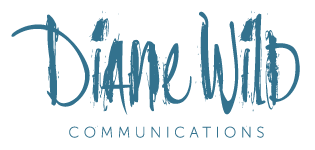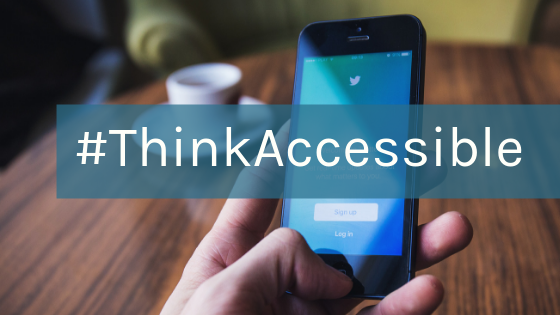Social media sites could do better, but they do let us be more inclusive
One of the great side effects of moving to Scotland is learning new words like “dreich” (the general state of winter weather in Vancouver and Edinburgh), blether (what a Chatty Cathy does), and numpty (doofus).
One of the great side effects of owning my own communications consulting business is constantly learning from the wide variety of projects. Even when what I learn makes me feel like a numpty.
I recently started managing the social media for a small organization that supports disabled people. One of my first actions was to look into how to make social media posts more accessible to those who might be using screen readers, or who have visual or hearing impairments.
Those considerations are second nature when working on web development projects; the W3C guidelines aim to make sites as accessible as possible. Wouldn’t it be great if social media platforms had similar standards baked in?
Good news: most of them now have some accessibility features.
Bad news: even though those features are fairly simple and unobtrusive, they’re often not the default. On Twitter, for example, you have to go into the settings to select the “Compose image descriptions” checkbox.
Good news: there are three simple things we can do to make our posts more inclusive, and two attitude checks:
- Use image descriptions
- Create readable hashtags
- Caption videos
- Avoid creating or sharing “inspiration porn”
- Use inclusive language
Use image descriptions
Screen readers can’t read images, but they can read the behind-the-scenes descriptions we can add using alt-text. How we do this varies by platform, but instructions are at the links:
Create readable hashtags
I use camel case (#CamelCase) all the time when naming computer files, and occasionally when composing hashtags that would otherwise be confusing (#dianespoolandparty). But because I use them to link topics or as a joke, it hadn’t occurred to me that hashtag readability was important for screen readers. They can’t parse #dianeisanumpty into separate words but #DianeIsANumpty would work, assuming the hearer knows what a numpty is.
Caption videos
This one was already in my toolbox and was likely in yours too. Not just because of accessibility considerations, but for an audience who doesn’t want their phone blaring at them while they scroll Facebook. I have learned some new-to-me tricks for making captioning simpler, though:
- YouTube can add automatic captions, and you can then download the video and caption file for other purposes. However, the captions will need editing to ensure accuracy.
- Facebook can auto-generate captions as well. Again, you’ll have to give them a good edit.
- Live video and stories are still a problem, but Instagram Stories can be captioned with an app like Clipomatic.
- And using a video editor to create manual captions can give you more control.
Avoid “inspiration porn”
I’ve been conscious of this for a long time, and I hope I haven’t contributed to it, but it’s always worth giving posts the kind of mental check suggested by this post (which also has more accessibility tips than I’m getting into):
- Who is telling the story? Is the disabled person telling their own story?
- Who is the audience for the content?
- Is the point “If they can overcome it, why can’t you?”
Use inclusive language
Language and standards evolve, there are cultural and geographic differences, and you can’t expect consensus, but speak to the audience you’re speaking about to find preferred ways to speak about disability. Resources such as local accessibility advocates and the UK government’s guidance on inclusive language helped me learn that the “people with a disability” construction I’d thought was preferred is less favoured than “disabled people.”
Do you have any other advice for making social media a more inclusive place for disabled people? Share and let us all be less numpty-ish.


